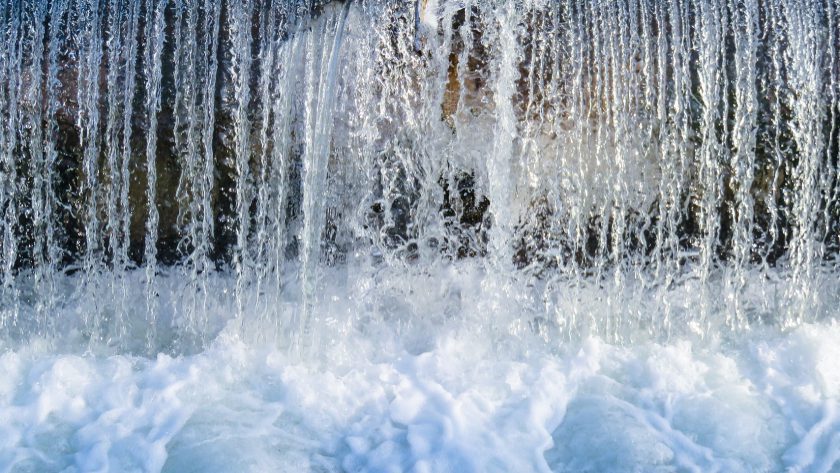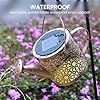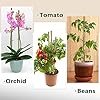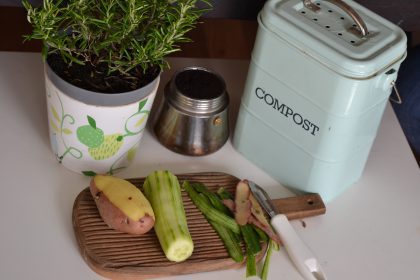Making a solar water distiller is a straightforward process that can be accomplished with basic materials. Here’s a simple method to create a solar water distiller:
Materials needed:
- Large glass or plastic container with a lid
- Small container (heat-resistant) to collect the distilled water
- Heat-resistant tubing or flexible hose
- Clear plastic wrap or sheet
- Rubber band or tape
- Rocks or bricks (for support)
- Water source
Instructions:
- Choose a sunny location: Find a bright spot outdoors to set up your solar water distiller. Ensure that it receives direct sunlight for most of the day.
- Set up the container: Place the large container on a flat surface, such as the ground or a table. It should have a wide opening and a tight-fitting lid.
- Position the small container: Place the small container inside the large container. It should be heat-resistant and able to collect the distilled water. The small container should be shorter than the large container to allow vapor to condense and collect.
- Create an angled surface: Place rocks or bricks under one end of the large container to create a slight incline. This helps direct the condensed water toward the collection point.
- Connect the tubing: Attach one end of the tubing or hose to the small container and let it hang down towards the ground. This will allow the distilled water to flow into a separate container for collection.
- Cover the large container: Cover the large container with clear plastic wrap or sheet. Secure it tightly using a rubber band or tape around the edges, ensuring no gaps or openings are left. The plastic wrap creates a greenhouse effect, trapping heat and promoting condensation.
- Create a condensation chamber: The plastic wrap should form a sloping surface inside the large container, directing the water vapor toward the small container. The heat from the sun will evaporate the water, and as it rises, it will condense on the plastic wrap and trickle down into the small container.
- Fill the large container: Fill the large container with the water you want to distill. Ensure that the water level is below the height of the small container.
- Monitor and collect the distilled water: Place the solar water distiller in a sunny location and let it sit for several hours. The heat from the sun will cause the water to evaporate, condense, and collect in the small container. Check periodically and collect the distilled water from the small container.
It’s important to note that a solar water distiller may not produce large quantities of distilled water, and the process can be slow. However, it can be a useful method in emergency situations or for obtaining purified water when no other sources are available.
What is the approximate amount of distilled water that can be produced using this method?
The amount of distilled water that can be produced using a solar water distiller will vary depending on factors such as the size of the containers, the intensity of sunlight, ambient temperature, and the duration of the distillation process. Generally, a simple solar water distiller can produce a few ounces to a gallon (approximately 3.8 liters) of distilled water per day.
It’s important to note that solar water distillers are not as efficient as other water purification methods and the production rate can be relatively slow. The process relies on the heat from the sun to evaporate the water, condense it, and collect it as distilled water. Factors like cloud cover, seasonality, and geographical location can affect the distillation rate.
If you require a larger quantity of distilled water, you may need to scale up the size of the containers or consider alternative water purification methods. Solar water distillers are most effective for small-scale or emergency use when access to other water sources is limited or unreliable.
Remember to monitor the distiller regularly and collect the distilled water to prevent overflow or contamination.



















![[High Quality] - The Bamboo stakes are made of high quality natural bamboo.It’s very strong and durable,great for plant support!Each stakes is inspected manually to ensure quality. [Multipurpose Use] - Perfect for indoor and outdoor plants.It's great...](https://m.media-amazon.com/images/I/51zEDOHJvML._SL160_.jpg)














